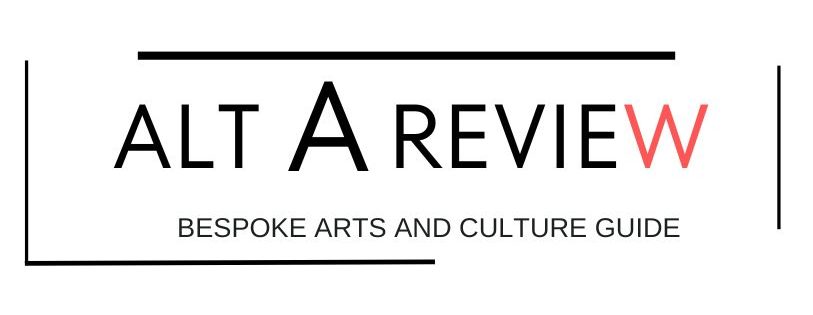Award-winning artist Henk Serfontein (b. 1971) known for his hyperreal paintings of nightscapes, featuring the marginal, transitory spaces of South Africa talks to Alt A. Serfontein was amongst the South African artists who recently showed their work at the Nando’s Soho Pop Up Feast Your Eyes this July.
With a decade of producing abstracts that explore identity, culture and psychological spaces, questioning his “not quite European and not quite African existence” Henk voices his appreciation of Matisse: “his investigation into colour with his collage experiments linked to the colour theories of Johannes Itten is something that I find utterly compelling”. Commissioned for Nando’s Soho his recent Maputo Abstracts series are inspired by capulanas wax-printed cloths). Produced in collaboration with Spier Arts Academy, by cutting out replicas of his own existing artworks and rearranging them within highly irregular dimensions in a format reminiscent of landscape.
1.To become one of South Africa’s most recognised contemporary artists, what does that mean to you?
Success to me is a very relative concept and it shifts in different contexts. I am however proud to exhibit internationally, it enables me to create new dialogues with my work.
2. What inspired the direction of your work when it comes to creating “symbolic stations of resting”?
In my previous body of work I worked with the theme Travelling the Margins in which I explored marginal space within the context of the South-African landscape. I am currently working on a series of paintings which I titled The Maputo Abstracts. The work is inspired by a trip I did to Mozambique last year which Nando’s sponsored. In Maputo I went on an architectural city tour where I discovered the wonderful Art Deco buildings designed by Puerto Guedes. The shapes and forms in these paintings are inspired by his architectural work.
3. What makes the transitory space so important and what inspired this direction?
Transitional space is a concept very central to my artistic practice. I recently designed a mosaic mural for Nando’s flagship restaurant in Soho, London. The title of the work is the Ponto de Ouro mosaic. It refers to the main route between South-Africa and Mozambique. Within world politics, where political leaders such as Donald Trump are threatening to erect walls, I feel that I can counter these ideas with my work. I am more interested in how we can embrace otherness and cross borders. Coming from such South Africa with such a diverse and culturally rich society but with such a problematic political history you have to be mindful about politics. I think artists can contribute a lot in transforming societies.
4. How does Matisse inspire your work?
I recently viewed a wonderful video of Matisse creating his collage cut up pieces. He was already bed ridden in the video but created these phenomenal playful collages with organic informal shapes. Matisse’s investigation into colour with his collage experiments linked to the colour theories of Johannes Itten is something that I find utterly compelling.
5. How do you question European tradition and the African aesthetic when it comes to identity? Please give us an example of one of your works.
In my Maputu Abstract series I make a link between abstraction and landscape. This is not an entirely new idea. I think the doyenne of South-African landscape painting, Esther Mahlangu, who lives in Mapumalanga in South-Africa was the first artist to do this. I also increasingly try to articulate that space between the African and European. It is with that in between space, that I identify most.
6. Tell us about the 10m2 mosaic commissioned for Nando’s Soho?
Already covered in answer number 5.
7. When did you decide to become an artist?
As I child I always thought that I would become a world famous pianist but I suffer greatly from performance anxiety. In grade 11 I decided to change direction and started doing art. It was a logical decision for me to study it. I majored in painting, history of art and art criticism. Often when I read about other artists like Paul Klee’s work I become aware of the direct link between abstract painting and music. I paint beautifully when I listen to the music of artists as wide ranging as Arvo Pärt and Abdullah Ibrahim.
8. Apart from Matisse where else do you draw inspiration?
In the Maputo abstract series I also drew inspiration from the colour juxtapositions I discovered in the Dutch Wax cloth textiles. I think that the colour combinations used on the African continent differs greatly from the European palette. It is often more adventurous, creative and even more challenging. I find the idea of how you can evoke a sense of place through simple colour juxtapositions very interesting.
9. Aside from art what do you enjoy?
I am a typical Sagittarius. I draw inspiration from travel. I do yoga, love milktart and eating dumplings. I go to the theatre often and read Afrikaans literature in Cape Town’s Company Gardens.
10. What advice do you give to the emerging African artist in terms of career progression
Work 5 days a week. Build relationships and build relationships and develop yourself constantly. Never loose your appetite for knowledge. Take chances. Be a kind person.











